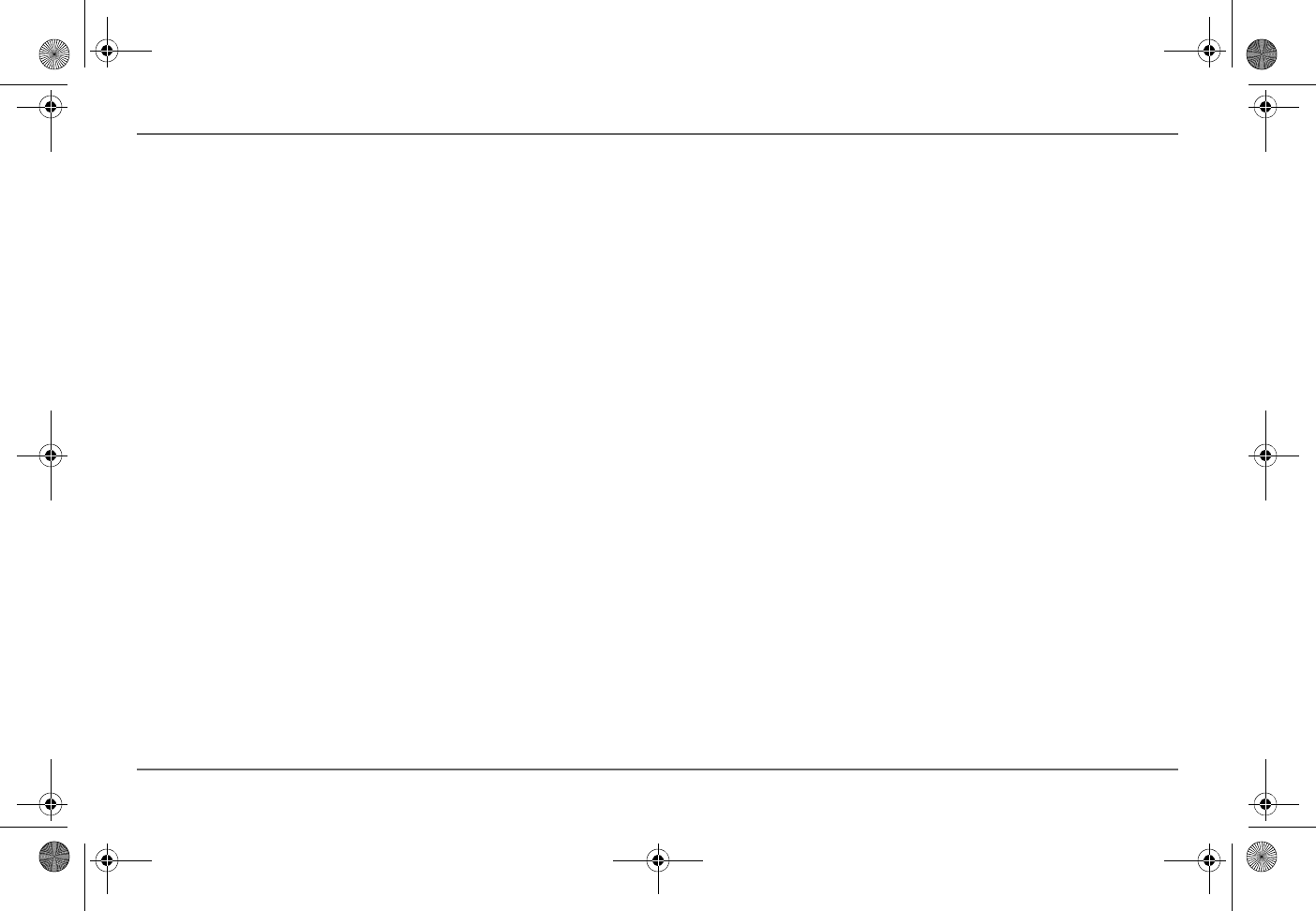
70 Freedom SW Owner’s Guide
Troubleshooting
Inverter Applications
The Freedom SW performs differently depending on the AC loads
connected to it. If you are having problems with any of your loads,
read this section.
Resistive Loads
Resistive loads are the easiest and most efficient to drive. Voltage
and current are in phase, which means they are in step with one
another. Resistive loads generate heat in order to accomplish their
tasks. Toasters, coffee pots, and incandescent lights are typical
resistive loads. It is usually impractical to run larger resistive
loads—such as electric stoves and water heaters—from an inverter
due to their high current requirements. Even though the inverter
may be able to accommodate the load, the size of battery bank will
limit inverter run time.
Motor Loads
Induction motors (AC motors without brushes) require up to six
times their running current on startup. The most demanding are
those that start under load (for example, compressors and pumps).
Of the capacitor start motors (typical in drill presses and band saws,
for example), the largest you can expect to run is one horsepower.
Universal motors are generally easier to start. Check that the
Locked Rotor Amps (LRA) rating of the motor load does not exceed
the maximum surge current rating of the inverter. Since motor
characteristics vary, only testing will determine whether a specific
load can be started and how long it can be run.
If a motor fails to start within a few seconds or loses power after
running for a time, it should be turned off. When the inverter
attempts to start a load that is greater than it can handle, the inverter
may shut down from an AC overload fault.
Problem Loads
Very Small Loads If the power consumed by a device is less than
the threshold of the search mode circuitry, and search mode is
enabled, the inverter will not run. Most likely the solution will be to
disable Search mode or lower the sense threshold.
Fluorescent Lights and Power Supplies Some devices cannot
be detected when scanned by search mode circuitry. Small
fluorescent lights are the most common example. Some computers
and sophisticated electronics have power supplies that do not
present a load until line voltage is available. When this occurs, each
unit waits for the other to begin. To drive these loads, either a small
companion load like a light bulb rated for more than the Search
Watts setting must be used to bring the inverter out of search mode,
or the inverter may be programmed to remain on by disabling
Search mode. (See “Using Search Mode” on page 39.)
Freedom SW 3K2K InvChg Owners Guide.book Page 70 Thursday, July 31, 2014 1:42 PM


















